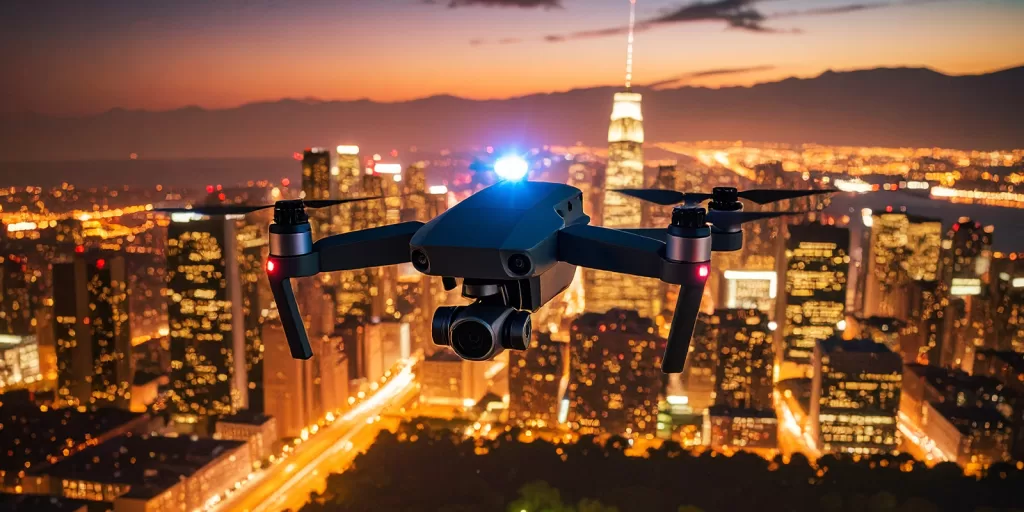
It’s the risk no one talks about until it’s too late. Flying drones at night isn’t just a cool upgrade to your portfolio—it’s a certified operational shift with serious risk factors. One wrong move in the dark and you’re not only compromising your gear… you’re risking FAA violations, endangering the public, and putting your drone business on the line.
Night flight separates the professionals from the hobbyists. And yet, far too many commercial drone pilots treat it like a daylight shoot with extra lights. That’s a costly mindset.
To help you stay ahead, we’ve prepared a “free downloadable white paper” and a “Night Flight Risk Mitigation Checklist“—designed specifically for commercial drone operators. These tools will help you plan smarter, fly safer, and build a stronger business. You’ll find the download access at the end of this article.
This article gives you a battle-tested risk mitigation framework for night drone operations—one that starts before you ever launch and continues after you land. If you’re flying at night, you need a clear strategy that helps you:
- Stay compliant
- Stay in control
- Stay profitable
Why Risk Analysis is a Strategic Advantage for Drone Entrepreneurs
For drone pilot entrepreneurs, risk analysis isn’t just about avoiding crashes—it’s a strategic tool that protects your brand, builds client trust, and preserves your ability to operate profitably over the long haul. In business, unmanaged risk is expensive. In drone operations, it’s potentially catastrophic. Whether you’re flying for real estate, inspections, mapping, or creative production, every night mission carries legal, technical, and environmental risks that can undermine your work or damage your reputation.
That’s why incorporating risk mitigation into your flight strategy isn’t optional—it’s smart business. When you reduce operational uncertainty, you increase client confidence and create a competitive edge that sets you apart in a crowded industry.
Three Critical Stages of a Drone Night Flight
Let’s break it down across three critical stages of night flight:
- Pre-Flight Planning
- Active Flight Execution
- Post-Flight Wrap-Up and Debrief
1. Flight Pre-Planning: Risk Reduction Before You Ever Launch
Night missions are won (or lost) before takeoff.
Here’s what to lock down before wheels-up:
FAA Compliance
- Verify your Part 107.29 waiver is active and valid.
- Document your night visual line of sight training.
- Log your mission intent (time, date, location) in your records.
Site Assessment
- Scout the location during daylight.
- Identify all potential nighttime hazards: powerlines, trees, antennas, bodies of water, etc.
- Consider unlit obstacles that don’t show up well on your flight app.
Lighting Gear Check
- Ensure your drone has anti-collision lights visible for 3 statute miles, with a strobe frequency that meets FAA requirements.
- Bring headlamps and portable landing pads with LEDs for ground visibility.
Crew Briefing (if applicable)
- Review your roles and responsibilities, especially for visual observers.
- Define hand signals or comms protocol in case of audio failure.
Weather and Airspace Checks
- Night flights increase reliance on sensors—fog, moisture, or unexpected gusts can mess with altitude hold and return-to-home.
- Use LAANC for instant airspace authorization and cross-reference NOTAMs.
2. In the Air: Takeoff, Flight, and Landing
Once you’re airborne, the margin for error gets razor thin. Here’s how to stay sharp:
Controlled Takeoff
- Use spotlighting to visually confirm surroundings during lift-off.
- Keep manual control for the first 60 seconds—avoid autonomous modes initially.
Maintain VLOS with Visual Observer
- Your Visual Observer (VO) is now critical. Constant eyes on the drone is mandatory.
- Keep verbal communication open and frequent.
Stick to the Mission Plan
- Nighttime is not for improvisation.
- Pre-determine altitude ceilings, camera moves, and RTH points.
- Watch your battery more than usual—cold nighttime temps reduce battery efficiency faster than you think.
Avoid Overexposure in Camera Settings
- Manual camera controls are essential—automatic settings will fail in low light.
- Use slow shutter speeds, lower ISO, and stabilize shots gradually.
Controlled Descent and Landing
- Light your landing zone.
- Announce descent over comms or verbally to your VO.
- Land gently—depth perception at night can be misleading.
3. Post-Flight Stowage and Mission Debriefing
Just because the flight’s over doesn’t mean the risk is gone. Your gear and your growth both depend on what happens next.
Secure Your Equipment
- Stow your drone immediately in a clean, dry case.
- Check all props, arms, and gimbal components before storage—nighttime landings can mask subtle damage.
- If any condensation is visible, dry and air out components before packing away.
Log the Flight
- Record mission details including battery data, GPS logs, temperature, anomalies, and comms notes.
- Note any software glitches or signal delays.
Debrief and Learn
- What went smoothly? What didn’t?
- Did your lighting perform well? Was VLOS ever compromised? How was the battery drain rate?
- Update your Night Flight SOP (Standard Operating Procedure) based on what you’ve learned.
- Use this as a feedback loop to refine the next night mission—better every time.
Download Your PDF
Click to download the Night Flight Risk Mitigation Checklist for drone pilots!
Takeaway
If you’re flying at night, you’re flying in a high-risk, high-responsibility environment. The best pilots don’t just trust their drones—they trust their process.
With the right risk mitigation strategy, night flying can become a competitive edge—not a liability.
Plan well. Fly smart. Debrief relentlessly. 😉 T
If you have any questions, let us know! If you’d like to hire us, you can get more information here.
Written by: Tony Marino, MBA – FAA Certified Part 107 Commercial Drone Pilot and Chief Business Strategist at Aerial Northwest
Disclaimer: The information provided in this blog post is for general informational purposes only and should not be construed as legal advice.
Drone Pilot MBA (Podcast):
Flying at Night? Reduce Your Drone Risk Now
Resources
FAA Resources: FAA DroneZone
Article: What Does it Mean to Decode the Drone Industry?
Article: Pitch Perfect: Guide for Drone Pilots to Get Jobs
Drone Service Providers Alliance
Commercial Drone Alliance
Starting Your Own Drone Service Business
Pick up your copy today on Amazon and wherever fine books are sold.
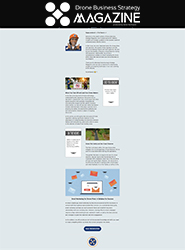
DRONE BUSINESS STRATEGY MAGAZINE
A free digital publication made exclusively for all small business drone pilots to them help start-up, become profitable while sustaining a competitive advantage within the drone service industry sector they opt to serve.
“If you love to fly, we’d love to have you come aboard!”
We share your information with no one. Our Privacy Policy.


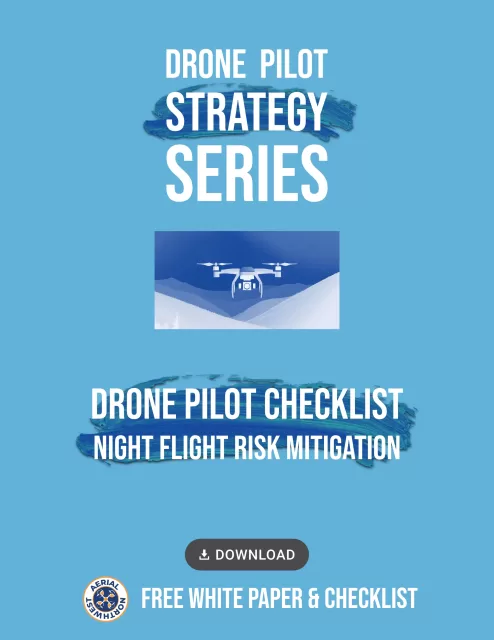

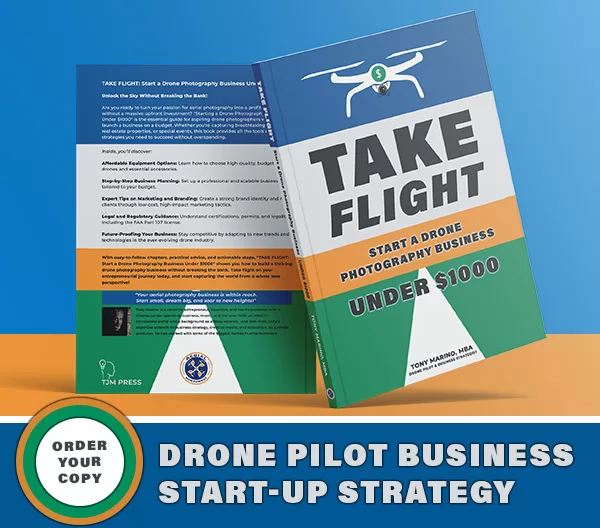





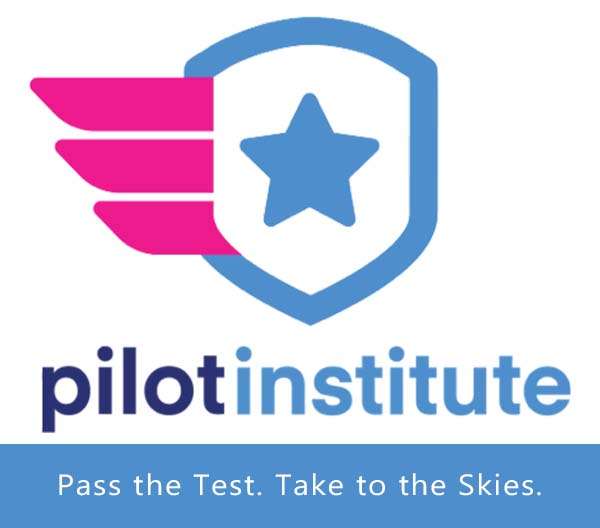
Leave a Reply
Your email is always safe with us.